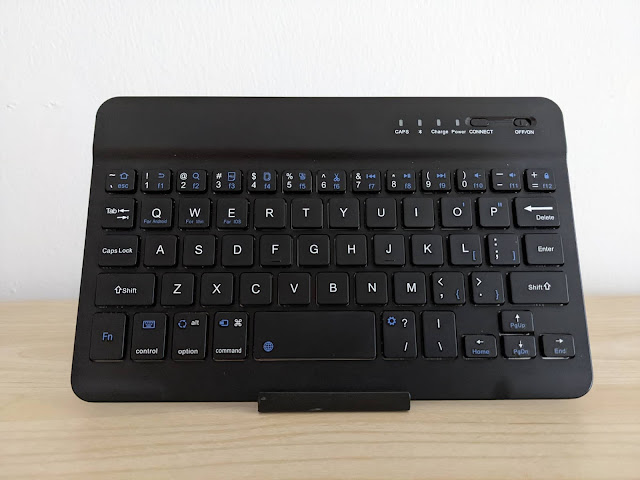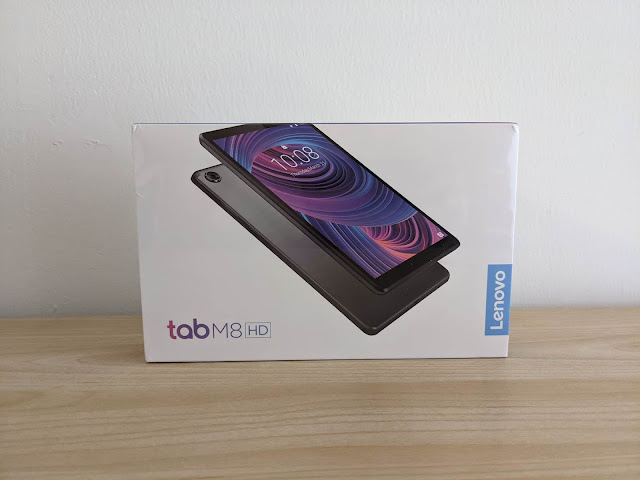Book Promotion Visuals Ideas for Social Platforms and Blogs
Leanpub is the self-publishing platform I use for my book Space Apps for Android. It provides a toolchain and workflow for publishing works in progress, something similar to releasing new versions of a software package.
Publishing a new version of a book in progress is a good opportunity for posting to my blog and social profiles a short note summarizing the changes or providing other updates. This lets readers know what’s new and helps spread the voice about the book.
It’s also a good idea to add some visuals to the posts to make them stand out, especially in the busy feeds of social platforms. But what kind of image to use?
The book’s cover is an obvious start but some variation may be appropriate, especially after a few updates of the same title. So another option is a screenshot of the cover opened in an ereading app, with a device frame around the edges of the screenshot. There are mockup generation apps (I have Screener) and tools for inserting a screenshot into an image of an actual mobile device in such a way that the screenshot fits exactly the screen area. I use the Android device art generator Google provides to developers. Here’s what a screenshot such as this looks like:
With my Pixel 2 XL phone I take screenshots of the ePub version of my book opened in the Google Play Books app, or the Mobi version in the Kindle app. To get more variation it’s possible to combine screenshots and frames of other devices like tablets, laptops, and desktop monitors. Or I can open the cover in a Kindle ereading device and take a photo of it, maybe composing the scene with props and objects typically found on a desk like print books, notebooks and pens, or coffee mugs. I took this photo of my book’s cover on the old Kindle 3 ereader I still have:
A twist on the idea is to open the ereading app or device to show the title page or the first page of the chapter where the majority of the changes are in the version of the book I’m posting about. This is what I did here:
A print book makes it possible to put all this together by taking photos of the cover, opening the book at a specific page where there’s a certain chapter or illustration, and adding props. Whether digital or print, including the book’s official hashtag in social posts makes for an additional discovery tool.
Publishing a new version of a book in progress is a good opportunity for posting to my blog and social profiles a short note summarizing the changes or providing other updates. This lets readers know what’s new and helps spread the voice about the book.
It’s also a good idea to add some visuals to the posts to make them stand out, especially in the busy feeds of social platforms. But what kind of image to use?
The book’s cover is an obvious start but some variation may be appropriate, especially after a few updates of the same title. So another option is a screenshot of the cover opened in an ereading app, with a device frame around the edges of the screenshot. There are mockup generation apps (I have Screener) and tools for inserting a screenshot into an image of an actual mobile device in such a way that the screenshot fits exactly the screen area. I use the Android device art generator Google provides to developers. Here’s what a screenshot such as this looks like:
A new version of my book "Space Apps for Android: Discover the Best Astronomy and Space Apps" is out. Changes: tweaked Introduction, updated and revised chapter Earth Observation https://t.co/f9pxylSAlT #SpaceAppsForAndroid pic.twitter.com/exQiV2zO8I— Paolo Amoroso (@amoroso) April 8, 2019
With my Pixel 2 XL phone I take screenshots of the ePub version of my book opened in the Google Play Books app, or the Mobi version in the Kindle app. To get more variation it’s possible to combine screenshots and frames of other devices like tablets, laptops, and desktop monitors. Or I can open the cover in a Kindle ereading device and take a photo of it, maybe composing the scene with props and objects typically found on a desk like print books, notebooks and pens, or coffee mugs. I took this photo of my book’s cover on the old Kindle 3 ereader I still have:
 |
| The cover of Space Apps for Android on my Kindle 3 ereader. |
A twist on the idea is to open the ereading app or device to show the title page or the first page of the chapter where the majority of the changes are in the version of the book I’m posting about. This is what I did here:
I've released a new version of my book Space Apps for Android: Discover the Best Astronomy and Space Apps, which adds a section on the Copernicus Sentinel app to chapter Earth Observation https://t.co/f9pxylSAlT #SpaceAppsForAndroid pic.twitter.com/nN5HdO2Yeu— Paolo Amoroso (@amoroso) April 17, 2019
A print book makes it possible to put all this together by taking photos of the cover, opening the book at a specific page where there’s a certain chapter or illustration, and adding props. Whether digital or print, including the book’s official hashtag in social posts makes for an additional discovery tool.


